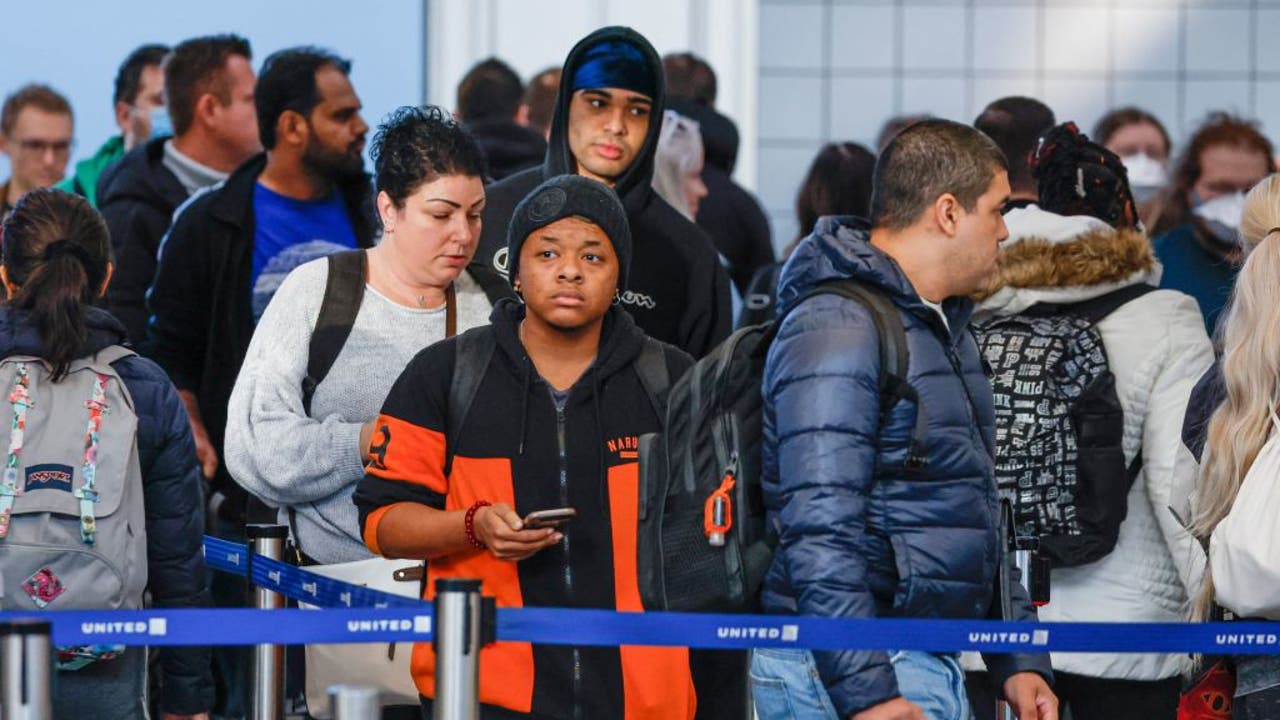Shopping
Pay Later Plans Power Holiday Shopping Strategies
Published
3 weeks agoon
By
Admin
As consumers prepare for the approaching holiday shopping season, many consider financing options for some of their purchases. Pay later programs are on the wish list for a sizable share of these shoppers. Why? Roughly half considered using pay later plans for holiday purchases to manage spending and purchase items outside their immediate budget. This trend highlights an increased demand for budget flexibility during this season that can fuel the use of pay later options.
Overall, 28% of holiday shoppers say they are highly likely to use pay later plans for their holiday shopping. In addition, nearly one in four shoppers are tempted to use pay later options but remain undecided. This means more than half of consumers are open to this financing solution.
Data suggests that merchants should take note. The availability of pay later plans strongly influences merchant selection for 43% of holiday shoppers — 60 million U.S. consumers. Moreover, knowing about the availability of these offers before purchase can drive higher spend, as more than one in four shoppers who decide to use financing before checkout buy more and are more willing to pay full price. Merchants and pay later providers can encourage higher spend and greater purchase volume by advertising the availability and terms of pay later plans before it is time to check out.
These are just some of the findings explored in this special report, a PYMNTS Intelligence and Splitit collaboration. This edition draws on responses from a census-balanced survey of 5,248 U.S. consumers conducted between Sept. 30 and Oct. 7.
Which Shoppers Want Pay Later Plans?
With gifts to buy and mouths to feed, it may be no surprise that parents are especially likely to leverage pay later plans. Data shows two in three parents are considering pay later solutions to make holiday purchases.
Younger generations of consumers also exhibit higher interest. Among millennials, for example, two in five are highly likely to use pay later plans for holiday shopping, and Gen Z is close behind. Thirty-four percent of Gen Z consumers intend to use pay later options outright, and more than one in three report being somewhat likely to use pay later plans. This indicates that the greatest market opportunity lies in swaying younger consumers — and parents — toward pay later use.
It should also be noted that 6.5% of shoppers who have not yet used pay later plans expect to do so this holiday season, with an additional 17% considering it. This makes the holiday period a prime opportunity for acquiring new customers.
67% of parents are likely to use pay later plans to finance their holiday shopping.
How Much Will Holiday Shoppers Lean on Pay Later Plans?
The data reveals some sweet spots when it comes to gifting now and paying later. The average holiday shopper planning to use pay later plans expects to finance 36% of their holiday purchases with the plans. Nearly one in five anticipate covering more than 60% of their total holiday spending by paying later. Around half of all shoppers foresee financing between 20% and 60% of their purchases.
The average holiday shopper planning to use pay later plans expects to finance 36% of their holiday purchases with pay later options.
Just 5.4% do not plan to finance any holiday spending. Similarly, just 6.4% anticipate financing nearly all these purchases with pay later options. This confirms that the grand majority interested in these plans want to finance some — but not all — of these purchases through pay later solutions. This presents a key opportunity for merchants and providers to boost sales and increase average transaction values during the holiday season. By highlighting the convenience and flexibility of pay-later programs, they can convert undecided shoppers and those considering only limited use of these options.
Seasonal Influence on Pay Later Usage
Holiday shoppers understand this shopping season can influence their use of pay later plans. Thirty percent expect to use pay later plans more during the holidays than the rest of the year. The largest increases come from parents and millennials, with nearly 40% of each group planning to increase their usage.
On the flip side, roughly one in five expect to use pay later options less during this season. Why? Further investigation reveals those who are less likely to use pay later options during the holiday season than other times are often those with more readily available savings. Some consumers strategically save extra in anticipation of higher holiday spending, and paying later has less appeal.
Nonetheless, data shows consumers overwhelmingly want to be informed of available pay later options. In fact, 89% prefer to learn about these options while shopping or at checkout. This suggests offering installment plans after the purchase is complete may not generate the same level of interest as offering it earlier in the shopping journey.
Conclusion
The holiday season is a time of increased spending for many consumers, with typical budgets not accounting for gifts and other holiday expenses. Pay later plans are a solution gaining popularity that allows consumers to manage increased holiday spending without straining their budgets. With pay later availability increasing consumer spend and many holiday shoppers opting for merchants offering their preferred pay later plans, those advertising pay later options could set themselves up for a particularly joyous holiday.
Read More
PYMNTS Intelligence is the leading provider of information on the trends driving pay later options. To stay up to date, subscribe to our newsletters and read our in-depth reports.
Methodology
Pay Later Plans Power Holiday Shopping Strategies, a PYMNTS Intelligence and Splitit collaboration, is based on a survey conducted from Sept. 30 to Oct. 7. The report examines how consumers plan to use pay later options as a strategic tool for managing holiday spending, focusing on key demographics such as parents, millennials and Gen Z. Our sample included 5,248 respondents, representing a broad range of U.S. consumers. The survey was census-balanced in terms of gender, age and income, ensuring a representative snapshot of the U.S. population. The findings highlight trends in the adoption of pay later solutions as well as opportunities for merchants and providers to promote these options and engage undecided shoppers.

Ed Hardy To Sergio Hudson: Building Back LA Fashion Week With N4XT

Bet On It: Legalized sports gambling measure may face recount in Missouri – TipRanks.com

Mizkif Recreates South Park World of Warcraft Basement

Merlin Entertainments announces ticket sale for Legoland Florida

How a ‘Winter Arc’ Can Transform Your Body

ABC7 Sports Overtime with Dionne Miller: Nov. 22, 2024

This new YouTube tool adds AI backgrounds to your videos instantly – for free

Chicago Thanksgiving travel outlook: When are the busiest times to fly, drive?

Alabama Attorney General seizes hundreds of illegal gambling machines across state – Yellowhammer News

